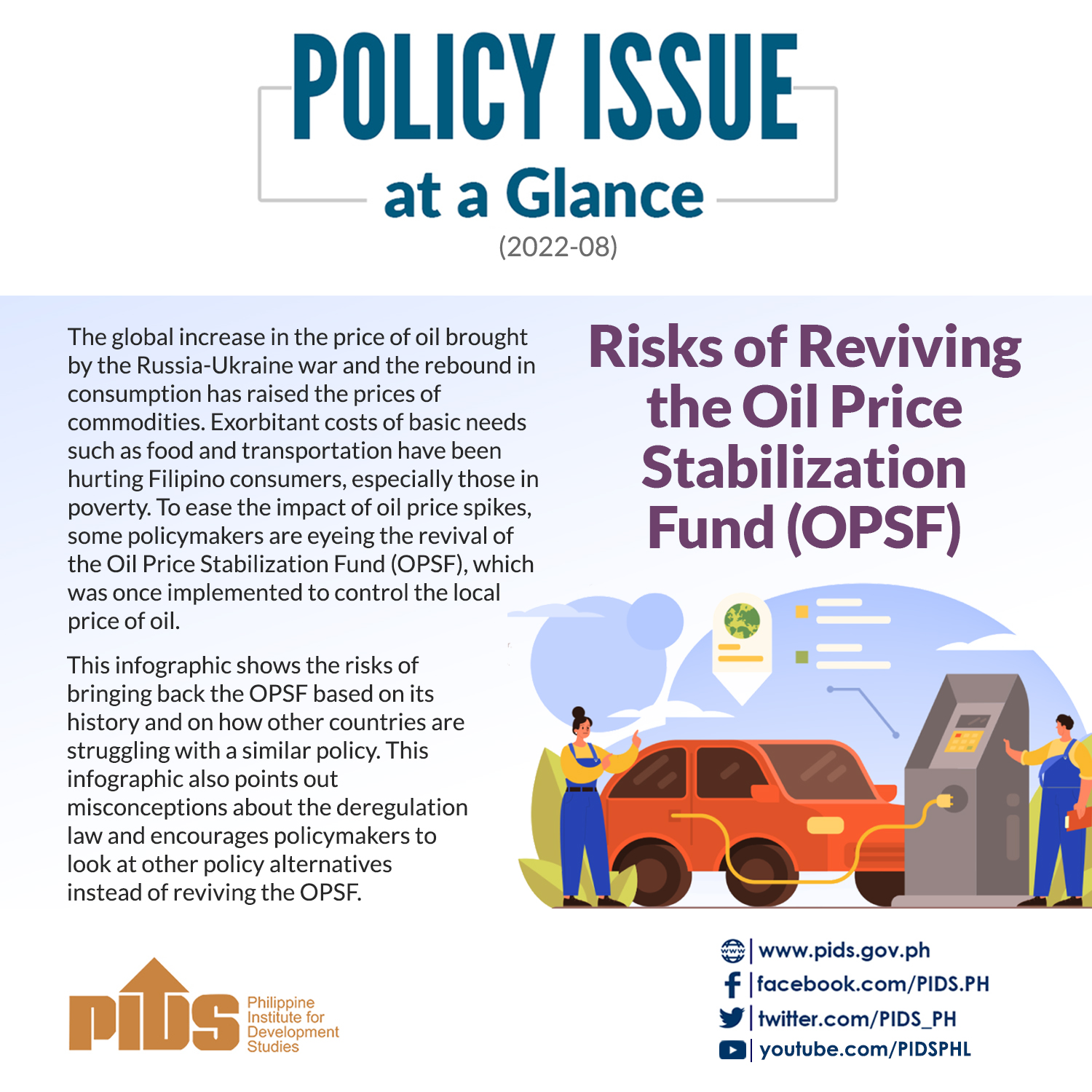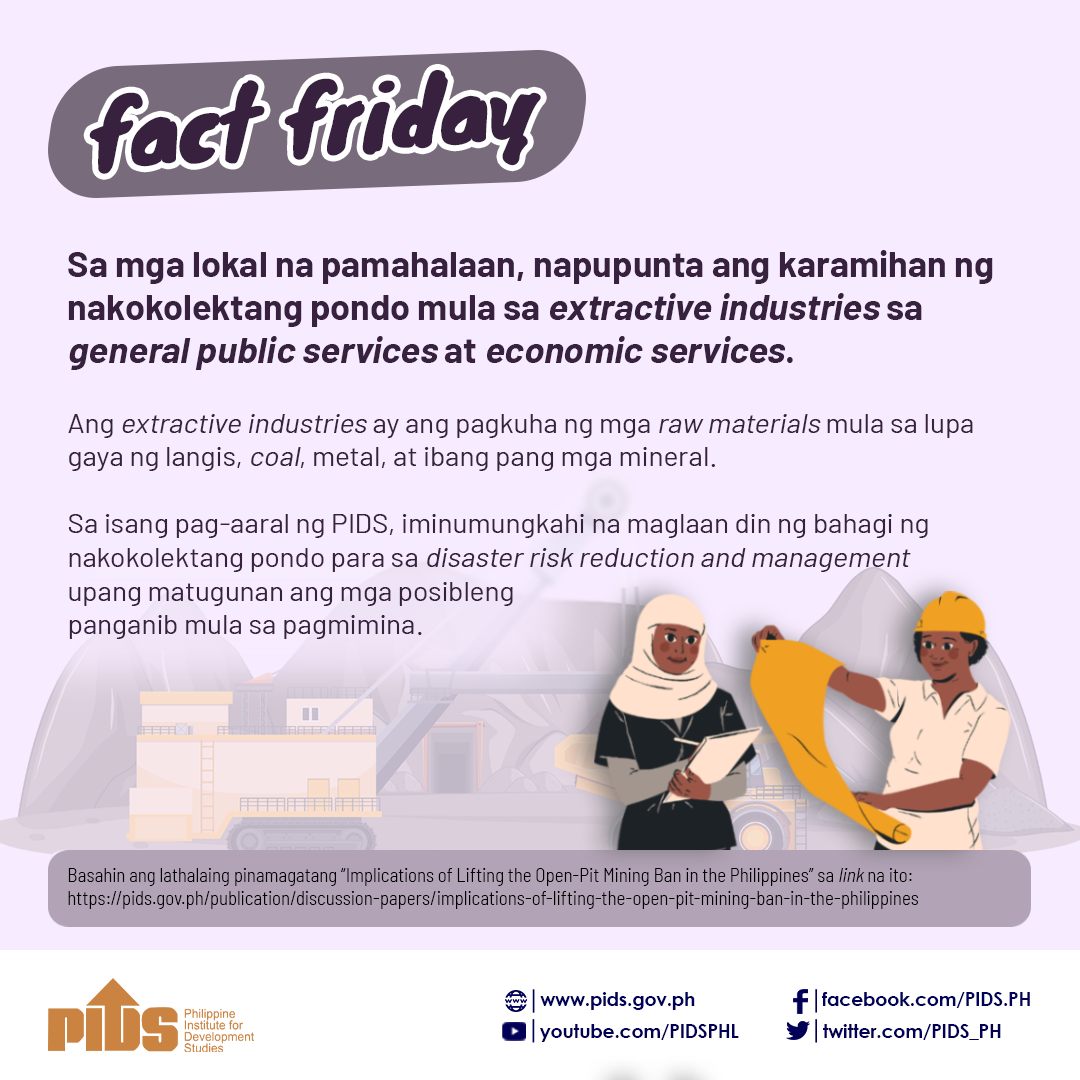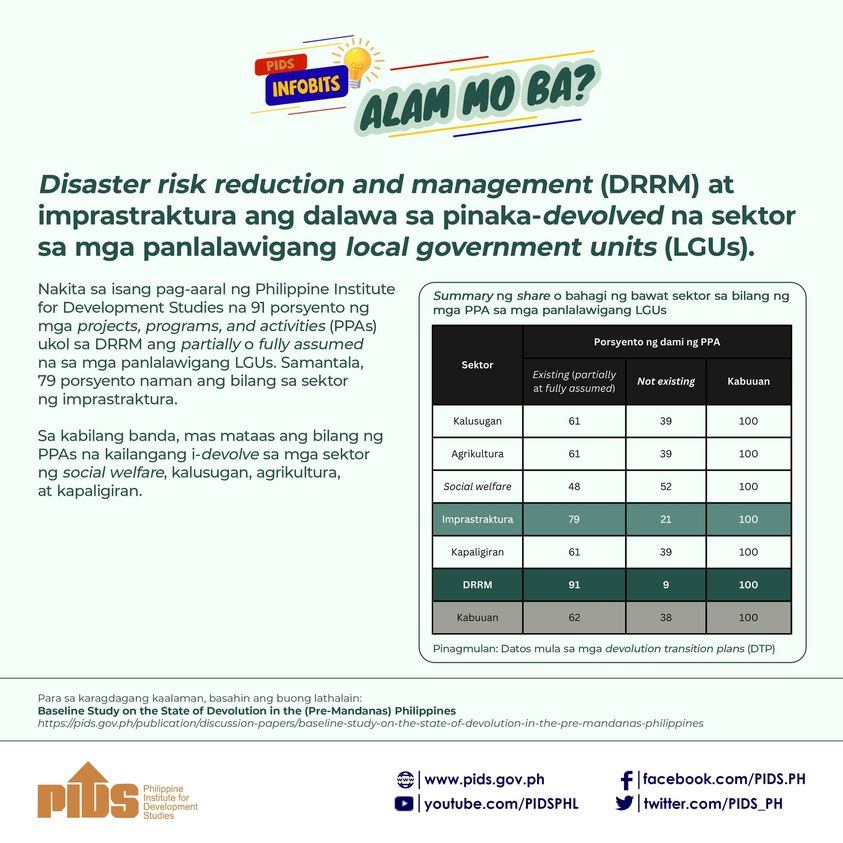The Philippines’ Department of Health (DOH) has announced a maximum drug retail price (MDRP) scheme that would recommend a price reduction for 120 high-cost medicines.
The MDRP scheme, which was formulated based on Republic Act No. 9502 or the Universally Accessible Cheaper and Quality Medicines Act of 2008, will lower the prices of selected medicines by an average of 56% compared to current market prices.
The scheme awaits the issuance of an executive order before the price reduction begins.
DOH Undersecretary Eric Domingo said: “We need to impose the MDRP if we want better health and societal outcomes for Filipinos. Generic drugs are still sold up to four times the international reference prices whereas branded innovator products are sold up to 22 times higher, especially in private hospitals and pharmacies.”
Among the drugs included in the list are medication for hypertension, diabetes, heart disease, chronic lung diseases and major cancers. High-cost medications for chronic renal disease, psoriasis and rheumatoid arthritis are also part of the list.
According to Drug Price Advisory Council chair John Wong, the medicines that were up for price cuts were selected based on the magnitude and severity of a disease, average prices in other countries, and the presence of limited competition.
Accompanying the announcement of the MDRP scheme was the release of based on the magnitude and severity of a disease, average prices in other countries, and the presence of limited competition.
In 2014, a study conducted by the think tank Philippine Institute for Development Studies (PIDS) and the DOH evaluated how Filipinos have taken advantage of the benefits of the Generics Act of 1988 and the Cheaper Medicines Act of 2008. The researchers found that low consumer awareness hampers adoption of these laws.
The study revealed that while many people were aware of the Generics Act, most respondents thought the Cheaper Medicines Act covered mainly generic medicines.












